Director: Walter Hill
Writer: Ryuzo Kikushima, Akira Kurosawa, Walter Hill
Producer: Walter Hill, Arthur M. Sarkissian
Cast: Bruce Willis, Christopher Walken, Alexandra Powers, David Patrick Kelly, Karina Lombard, Bruce Dern
Running Time: 101 min.
By HKFanatic
With a $67 million price tag, the box office failure of “Last Man Standing” in 1996 put a momentary end to Bruce Willis’ Hollywood clout and effectively derailed director Walter Hill’s career. It’s not too difficult to see why this film failed to connect with audiences: we’ve seen this story many times before. “Last Man Standing” is yet another variation on the Dashiel Hammett novel “Red Harvest,” previously brought to the screen by Akira Kurosawa in “Yojimbo” and Sergio Leone in “A Fistful of Dollars” – two stone cold classics.
In comparison, “Last Man Standing” doesn’t bring much new to the table other than Bruce Willis’ star power. Although the script credits Akira Kurosawa, the film is basically a direct remake of “A Fistful of Dollars,” only this time transporting the setting to 1930’s Texas. That said, I can’t help but hold “Last Man Standing” with fondness in my heart. If you’re a fan of Walter Hill’s particular brand of big-screen machismo (“The Warriors,” “Southern Comfort,” and more), then you’ll probably find something to enjoy about this flick too.
The screenplay, penned by Hill himself, posits Bruce Willis as a nameless, gun-slinging drifter who happens upon the town of Jericho, Texas on his way South of the border. Willis doesn’t expect to stay long in this ramshackle town but when he discovers a feud between petty factions of the Irish and Italian mafia, he figures he can make a quick buck by playing the two sides against each other. This should all sound exceedingly familiar but where “Last Man Standing” differentiates itself from its forebears is through Walter Hill’s kinetic action sequences.
It’s no exaggeration to say that this film features some of the most well-choreographed and bloody gun battles outside of a John Woo movie. In fact, I’d wager that “Last Man Standing” is the closest Hollywood has ever come to approximating the squib-bustin’, sweat-inducing, action movie nirvana of John Woo’s masterpieces like “The Killer” and “Hard Boiled.” Sure, the shoot-outs in this movie aren’t nearly as lengthy but they sure are memorable, with Bruce Willis emptying a seemingly infinite supply of bullets into bad guys who are then yanked backwards through the air by invisible wires, such is the sheer power of Willis’ smoking handguns. It is beautiful, man.
As director, Walter Hill brings an almost comic book-like sensibility to this film, combining the unconventional camera placement of someone like Sam Raimi (characters aim the barrel of a gun right at the lens) with Woo-inspired ultra-violence. The wind-swept desert terrain and superb production design place you in the period of the story, while Ry Cooder’s bottom end-heavy, discordant soundtrack propels the movie forward.
The real issue with “Last Man Standing” is the screenplay. Bruce Willis’ “John Smith” character is such an archetype that there’s no room for him to grow. We realize there’s nothing we’re going to learn about his character at the end of the film that we don’t already know during the opening credits. If we look to the supporting cast to fill in the drama, we’ll be disappointed by a roundtable of stereotypical gangsters.
Sure, the heavies are filled out by capable actors like Christopher Walken and David Patrick Kelly (“The Warriors,” TV’s “Twin Peaks), who do as much as they can with the material they’re given, but this is a story we’ve seen before and this particular version offers little surprises. As far as a love interest goes, well, Walter Hill explicitly makes men’s action pictures so the female characters don’t have much of a presence in the film, even when the men are waging war over them.
The pleasure of “Last Man Standing” is derived solely from the over the top action sequences and Bruce Willis’ beloved tough guy persona. A well-structured story or anything resembling character development, you won’t find here. More often than not, it defies belief that Bruce’s character doesn’t end up in a coffin before the second act is over, considering how brazenly he changes loyalty from gang to gang throughout the movie.
Just taking a glance at the budget, it’s clear that “Last Man Standing” was a troubled production. Back in 1996, you really shouldn’t have needed $67 million to tell the story of a massive gun battle in a rundown Texas town. It’s also purported online that the ending of the film – disappointing by any stretch of the imagination – is not the original ending planned. Another finale, which was actually filmed, had Bruce Willis’ character making a more decisive role in the villain’s fate and would have proved infinitely more satisfying than what we got. Unfortunately, it was probably one of those situations where Walter Hill, Willis, and studio executives all had an opinion on how the film should end. The result is decidedly muddled and unfulfilling.
Regardless of its limp conclusion, I have to admit “Last Man Standing” is a personal favorite of mine, at least as far as 90’s action movies go. Sure, it may not stand shoulder to shoulder with Walter Hill’s greatest films – but considering that he has “The Warriors” and “48 Hours” in his filmography, that’s not exactly an insult. For action buffs and Bruce Willis fans, “Last Man Standing” should qualify as a thoroughly entertaining 101 minutes. Sometimes it’s worth going around the wheel one more time with a well-worn story such as “Red Harvest,” particularly when someone like Walter Hill is behind the camera, adding his particular touch for tough guy machismo and breath-taking action sequences. Hill remains a master of this genre and it’s clear that in the dusty, blood-soaked world of “Last Man Standing,” he is in his element.
HKFanatic’s Rating: 8.5/10

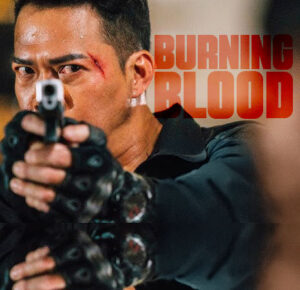
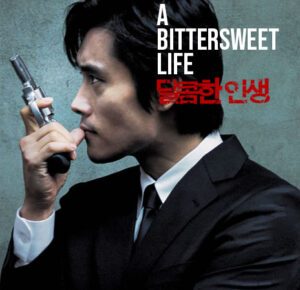
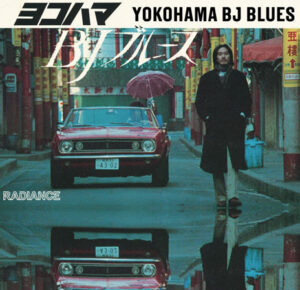

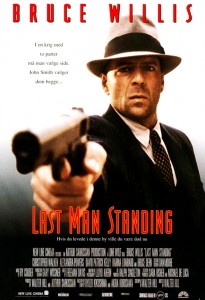
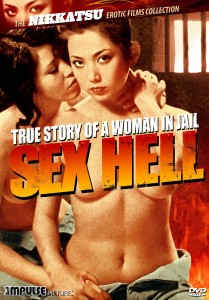

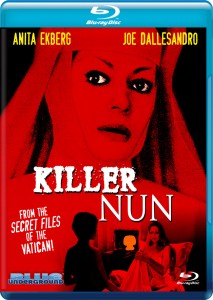

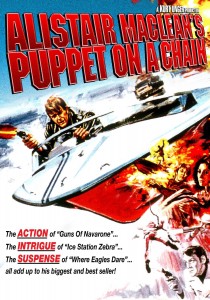
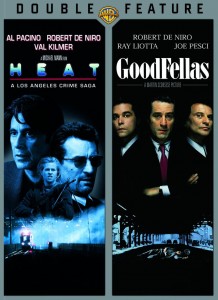

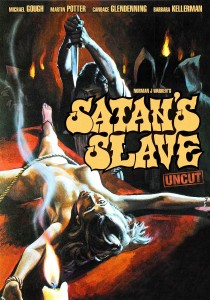
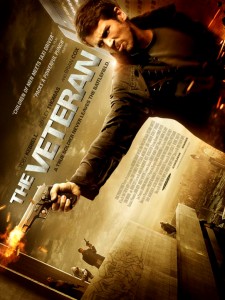
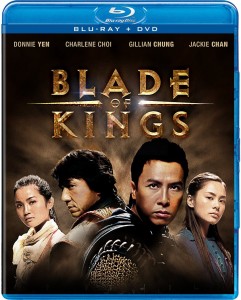
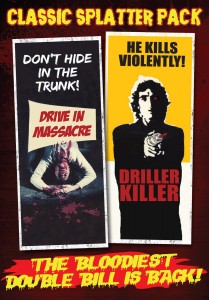

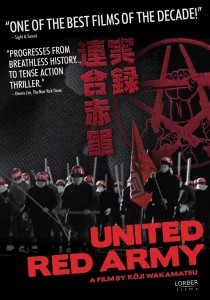
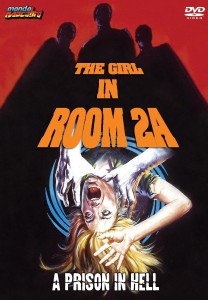



6 Comments